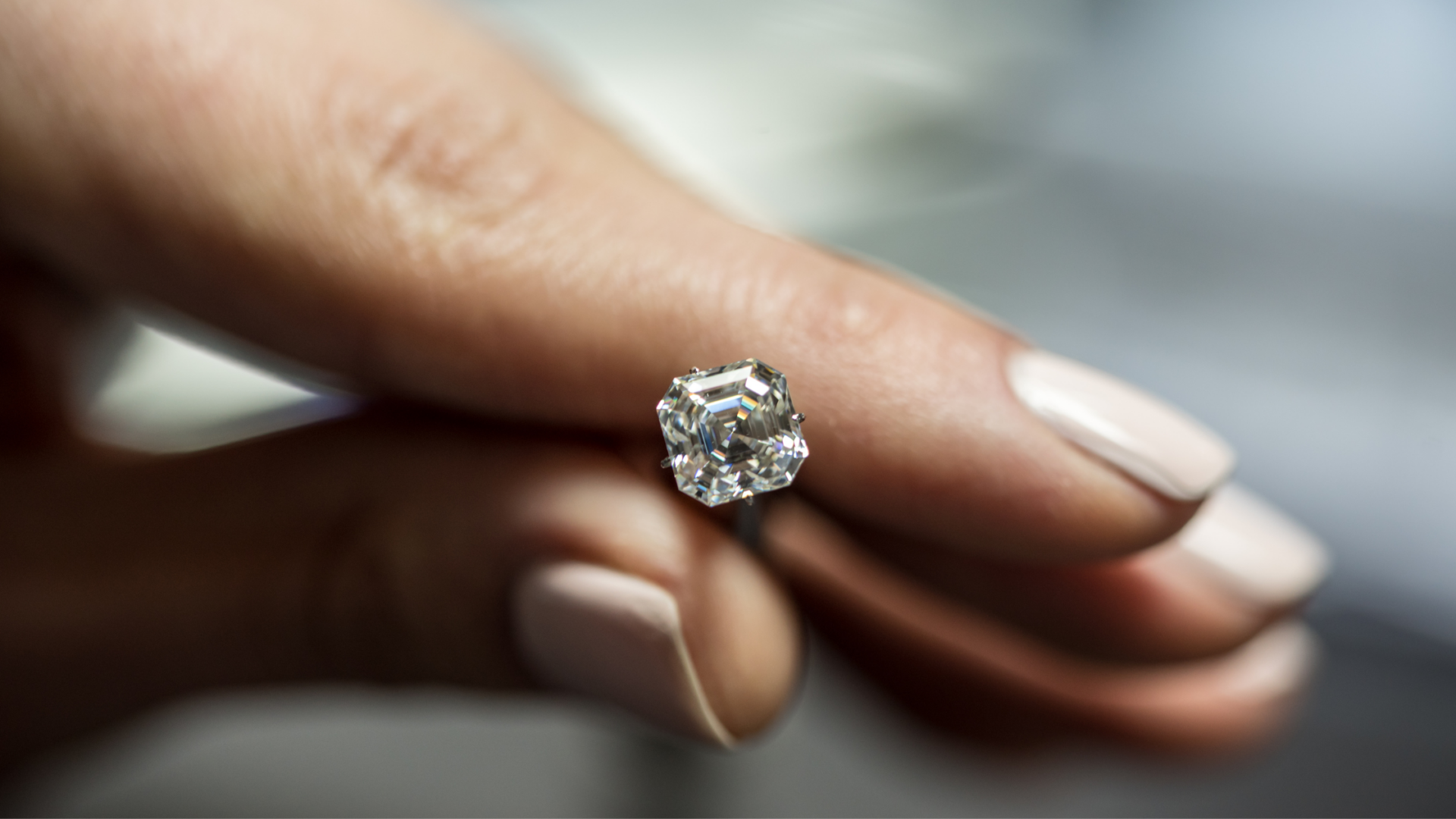Regular Guy
Ideal_Rock
- Joined
- Jul 6, 2004
- Messages
- 5,962
Just a quick note to say a few (4) things:
1) First, thanks, to all of you who do really make the effect of performing something of a public service, taking the time out of your day to help those of us who try to bring into form the love and affection we have for our partner, frequently taking the form of something like a diamond purchase. I’ll name especially 5 gentleman (though, hey, where are the women!) who work hard in their livelihoods to our benefit…Garry Holloway, David Atlas, Leonid Tcharnyi, Richard Sherwood, and more recently, Neil Beatty, for whose help we do substantively benefit from on this forum.
2) Regarding the clever recent comment picked up here, regarding the famous female measurements of 36, 24, 36, with feverish efforts at foot to modify this to specify 24.1, I can only say this is probably very good humor…almost as good as the one where the joke was that…probably car dealers made diamond analogies to get their point across (vis..a…vis the “who owns the diamond question).
3) Regarding the big why….really, the question that was original for me for me now months ago is….why is cut the hidden “C.” Of course, maybe that will be corrected and specified in the coming months, and we’ll enter a new age of enlightment. But, for the past oh so many years, why does it become common and understandable knowledge to most diamond consumers that….first of all….there are 4 Cs, second of all, you can learn pretty quickly about 3 of them, and come to judge with good “relative” sensitivity which of those other Cs you want….But, when it comes to cut, there is such a lack of education?
4) Since this forum does help to supply this missing education….many thanks again!
1) First, thanks, to all of you who do really make the effect of performing something of a public service, taking the time out of your day to help those of us who try to bring into form the love and affection we have for our partner, frequently taking the form of something like a diamond purchase. I’ll name especially 5 gentleman (though, hey, where are the women!) who work hard in their livelihoods to our benefit…Garry Holloway, David Atlas, Leonid Tcharnyi, Richard Sherwood, and more recently, Neil Beatty, for whose help we do substantively benefit from on this forum.
2) Regarding the clever recent comment picked up here, regarding the famous female measurements of 36, 24, 36, with feverish efforts at foot to modify this to specify 24.1, I can only say this is probably very good humor…almost as good as the one where the joke was that…probably car dealers made diamond analogies to get their point across (vis..a…vis the “who owns the diamond question).
3) Regarding the big why….really, the question that was original for me for me now months ago is….why is cut the hidden “C.” Of course, maybe that will be corrected and specified in the coming months, and we’ll enter a new age of enlightment. But, for the past oh so many years, why does it become common and understandable knowledge to most diamond consumers that….first of all….there are 4 Cs, second of all, you can learn pretty quickly about 3 of them, and come to judge with good “relative” sensitivity which of those other Cs you want….But, when it comes to cut, there is such a lack of education?
4) Since this forum does help to supply this missing education….many thanks again!





300x240.png)